A pulse oximeter is a piece of medical equipment that is used to simultaneously measure blood-oxygen saturation and pulse rate. It is a painless and non-invasive process that uses light absorption to determine the quantity of oxygen-carrying hemoglobin in the blood that is present.
This simple yet accurate, easy-to-operate health tool is widely distributed and used in a range of locations by patients and health professionals alike. Read on for an overview of the main types of pulse oximeters on the market as well as some essential considerations while shopping for a pulse oximeter in 2024.
Table of Contents
Overview of the pulse oximeter market
Types of pulse oximeters
Your guide to buying a pulse oximeter
Final thoughts
Overview of the pulse oximeter market
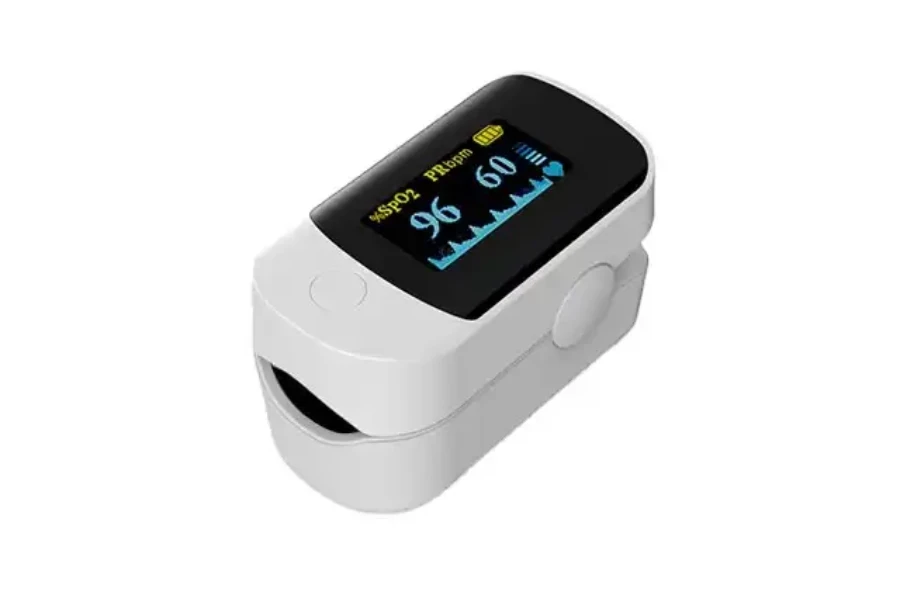
According to Research Reports, the pulse oximeter market stood at USD 2348.97 million in 2022 and is predicted to grow at a compound annual growth rate (CAGR) of 6.03% from 2023 to 2028. By the end of 2028, the market will have a value of USD 3337.9 million.
The increased desire for the pulse oximeter is due to rising awareness of the need to check oxygen saturation levels and heart rates for respiratory health. With the current global health dilemma, there is an increasing demand for easy and efficient ways to check vital signs at home.
The emphasis on personal health and wellness coupled with aging populations in North America, Europe, and Asia Pacific have translated into a growing demand for pulse oximeters.
Types of pulse oximeters
1. Finger pulse oximeter
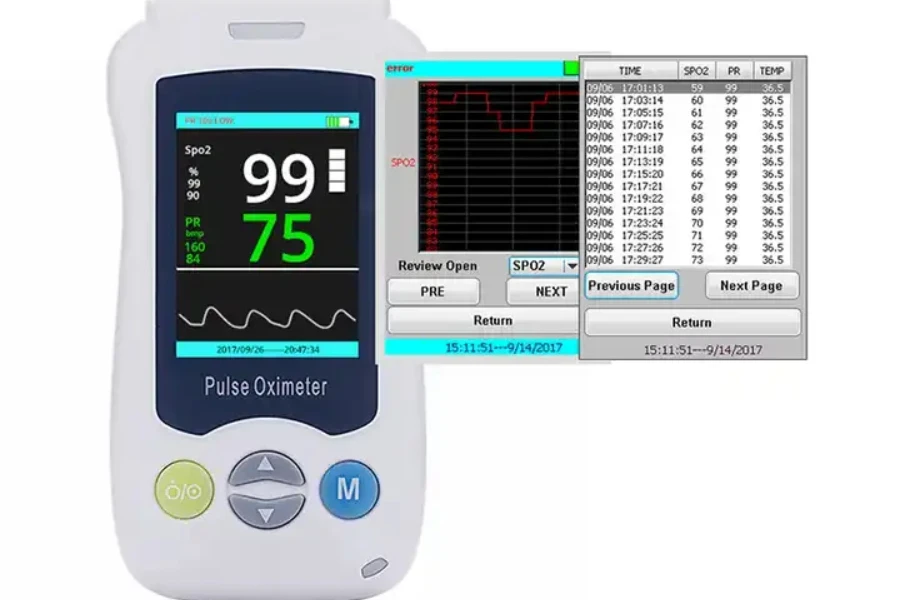
The finger pulse oximeter attaches to a single finger (usually the index finger) to read heart rate and oxygen saturation. Individuals, athletes, and even healthcare professionals commonly employ these tools because they are easy to apply and non-invasive. A finger pulse oximeter costs between USD 20 and USD 50, which is not expensive compared to other alternatives.
Most models feature a tiny screen that shows current data in real time, and their precision is proven. These oximeters are ideal for mobile monitoring, such as when exercising or for those suffering from respiratory disorders.
2. Wrist pulse oximeter
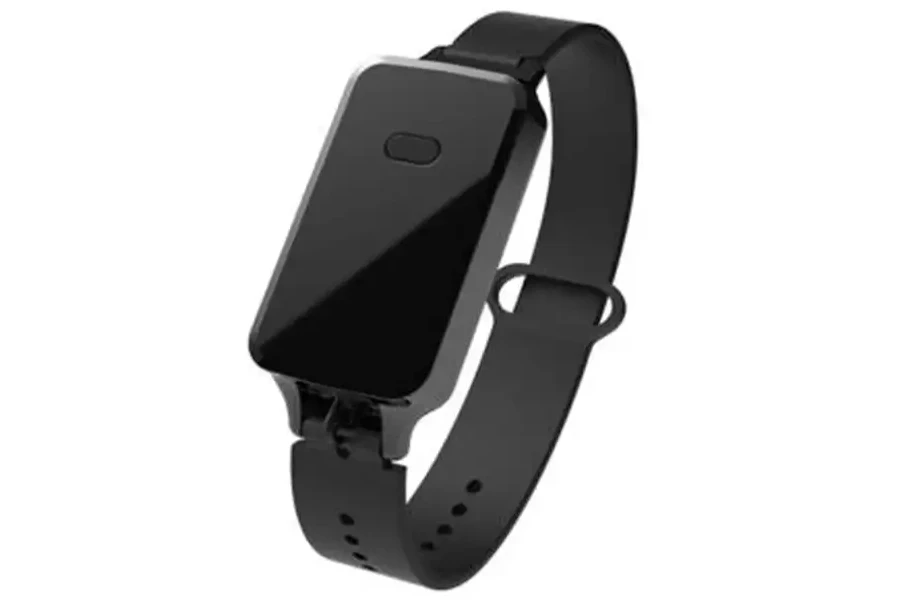
This oximeter can be worn like a watch. Wrist pulse oximeters are favored for continuous monitoring, especially while sleeping or exercising. They provide an improved, convenient option even to persons who may find finger clip versions too tricky. Wrist pulse oximeters cost between USD 30 and USD 80.
Unlike finger models, the screens are usually bigger, making reading easier for users. Athletes, those who suffer from sleeping diseases, and people who constantly need control of their body parameters use wrist pulse oximeters.
3. Handheld pulse oximeter
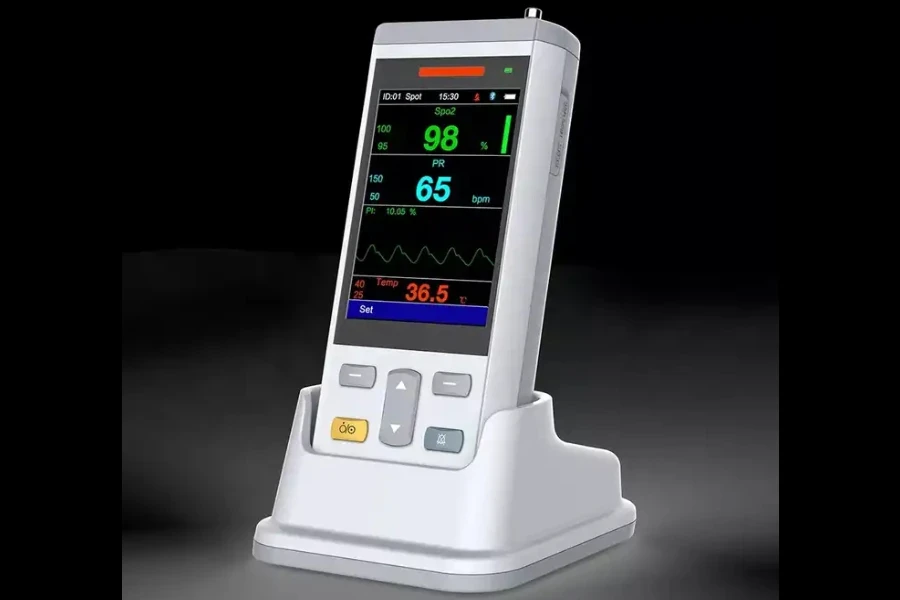
Handheld pulse oximeters are more significant devices for healthcare professionals in clinical practice. More functional and better-advanced monitoring make them appropriate for healthcare personnel. In most cases, the average range in their prices is between USD 100 to USD 300.
With a bigger dimension, there can be a provision to display longer waveforms and trends over time. These pulse oximeters are accurate and are frequently employed in hospitals, clinics, or emergency medical services. They are strong and operate using rechargeable cells and hence can be used in hospitals where they have to withstand the harsh rigors.
4. Tabletop pulse oximeter
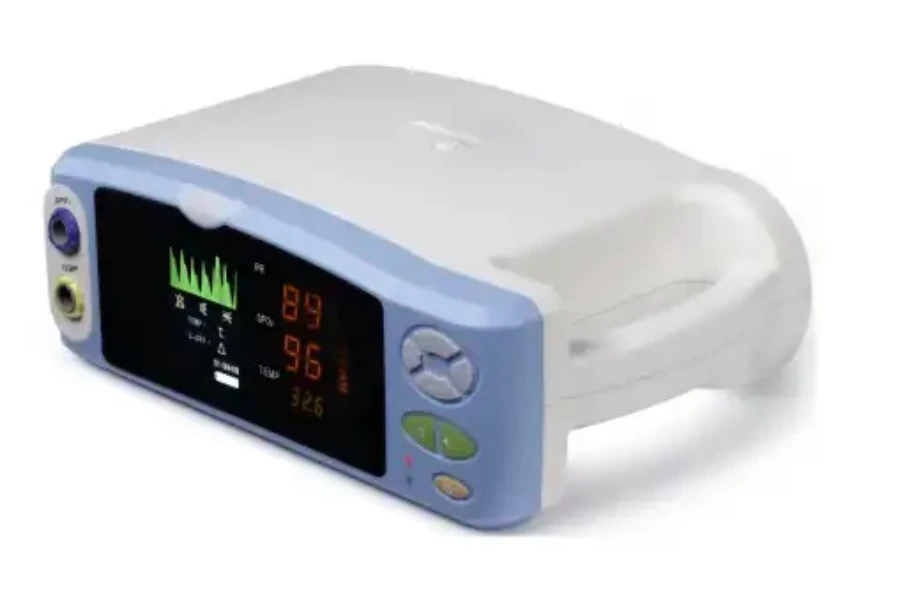
The tabletop pulse oximeter is a complete device for continuous clinical monitoring applications. They are larger, stationary, table-mounted, or cart-based systems. Tabletop pulse oximeters have enhanced technologies such as data-saving ability, connection options, and linkage with other health instruments.
Pulse oximetry is used within the intensive care units and the operation room. These high-tech devices range in price from USD 500 to USD 10,000 due to their advanced functions. These computers come with a big, easily visible display, and they operate on steady electricity, enabling nonstop work.
Your guide to buying a pulse oximeter
1. Cost
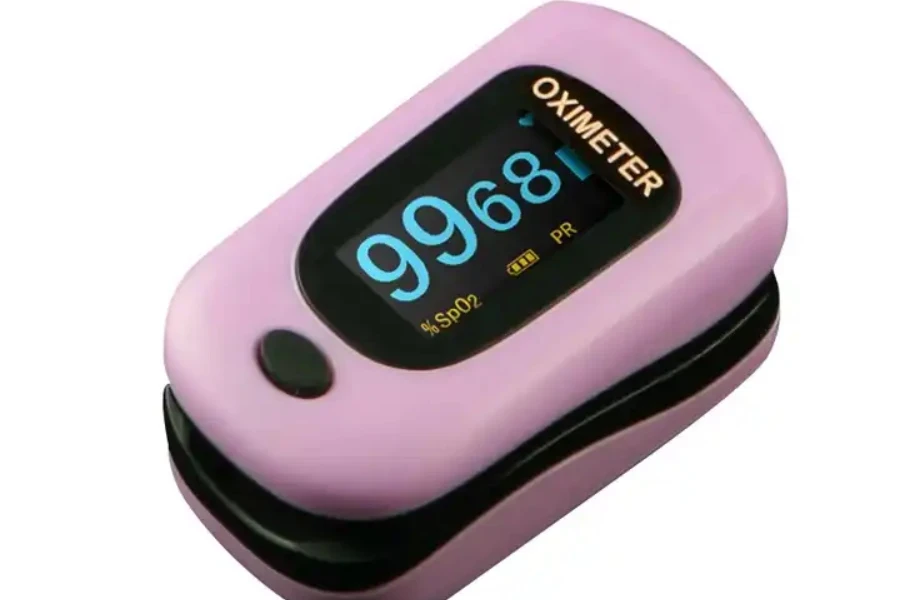
A finger pulse oximeter is the most common cost between USD 20 and USD 50. The wrist pulse oximeters are more comfortable and cost about USD 25 to USD 80. Professional handheld pulse oximeters cost between USD 100 and USD 300. Advanced tabletop pulse oximeters suitable for clinics cost from USD 500 upwards. Knowing your particular requirements and how much money you are willing to spend on the health monitor device will help you make a cost-effective decision.
2. Accuracy
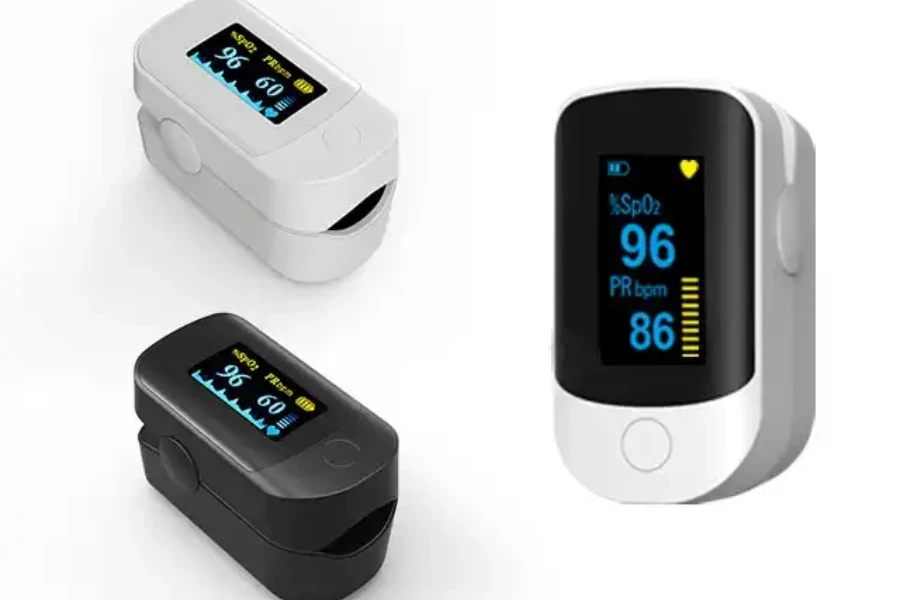
Most finger pulse oximeters have an error not exceeding 2% compared to the actual values. Though not as precise as finger pulse oximeters, wrist pulse oximeters have errors close to 3%. The handheld and table-top pulse oximeters designed for clinical usage are usually as accurate as possible, with a precision of up to 1% of the actual values. When purchasing an oximeter, you should consider whether it will be used for personal or professional monitoring and choose a device with appropriate accuracy.
3. Battery life
Pulse oximeter battery life is essential, considering that certain people expect to use these devices round-the-clock. Finger and wrist pulse oximeters utilize AAA or Coin Cell batteries. These batteries have life varying from 8 to 30 hours, based on the selected model/feature combination. An AA battery usually powers a professional-grade handheld pulse oximeter and holds a charge for 6 to 12 hours. Most tabletop pulse oximeters use a permanent power source such as electricity.
4. Size
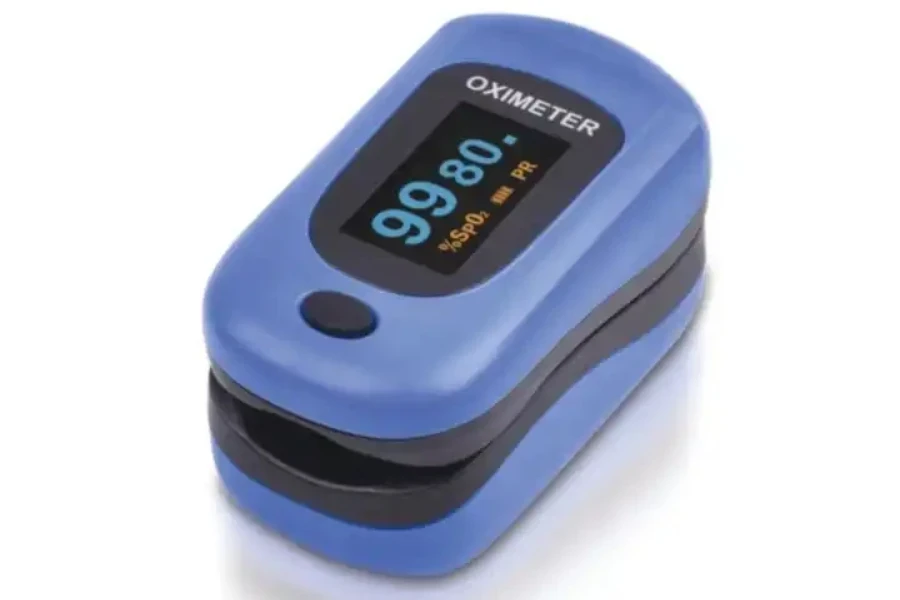
The size of pulse oximeters determines the ease of use and its transportability. Finger pulse oximeters are small and portable; they can fit in a trouser pocket. The wrist pulse oximeters are bigger than finger pulse oximeters, although they are always easily wearable in one’s hand or arm. Handheld pulse oximeters are heavier since they have additional features and, therefore, need a firm grasp. The tabletop pulse oximeters are suitable for clinical use. They are designed for stationary use.
5. Display
The finger and wrist pulse oximeters commonly have a small display that indicates oxygen saturation and heart rate. Hand-held pulse oximeters have more elaborate displays. They include a waveform graph and some extra data. Table-top pulse oximeters have a display that shows all vital signs. Ensure that the display is legible while selecting a suitable pulse oximeter.
6. Durability
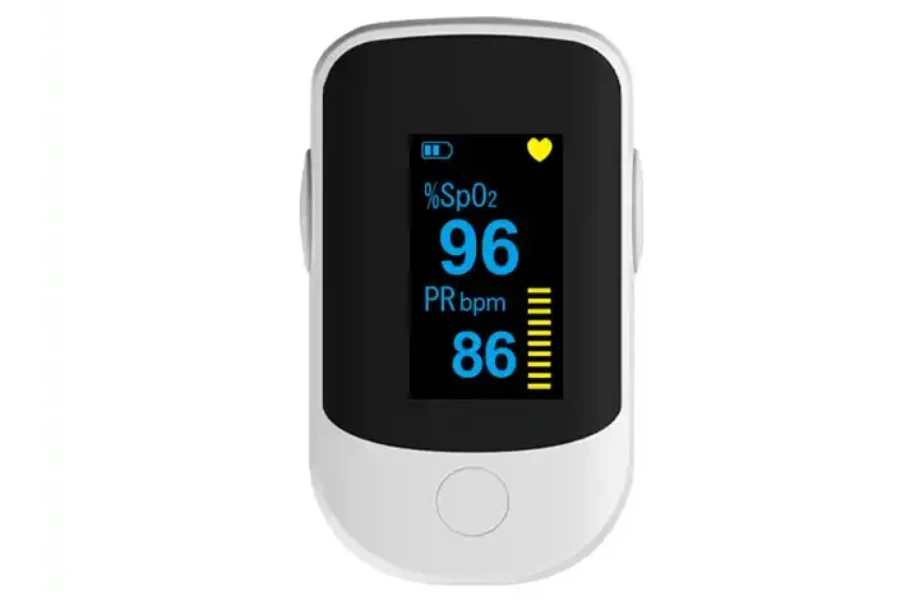
Finger pulse oximeters are usually strong and may final for 3 to 5 years with the proper care. Wrist pulse oximeters can last between 5 and 7 years. Handheld pulse oximeters are constructed to meet the needs of professional settings and last 10 to 15 years. The Tabletop pulse oximeters are noticeably durable, with an extended lifespan of 10 years.
Final thoughts
Choosing the best pulse oximeter is based on specific factors such as its efficiency in providing accurate results at minimal costs and its ability to function over extended periods of time. A wide variety of pulse oximeters in the market meet different preferences and uses. With this in mind, take advantage of the broad possibilities on Chovm.com.





 বাংলা
বাংলা Nederlands
Nederlands English
English Français
Français Deutsch
Deutsch हिन्दी
हिन्दी Bahasa Indonesia
Bahasa Indonesia Italiano
Italiano 日本語
日本語 한국어
한국어 Bahasa Melayu
Bahasa Melayu മലയാളം
മലയാളം پښتو
پښتو فارسی
فارسی Polski
Polski Português
Português Русский
Русский Español
Español Kiswahili
Kiswahili ไทย
ไทย Türkçe
Türkçe اردو
اردو Tiếng Việt
Tiếng Việt isiXhosa
isiXhosa Zulu
Zulu